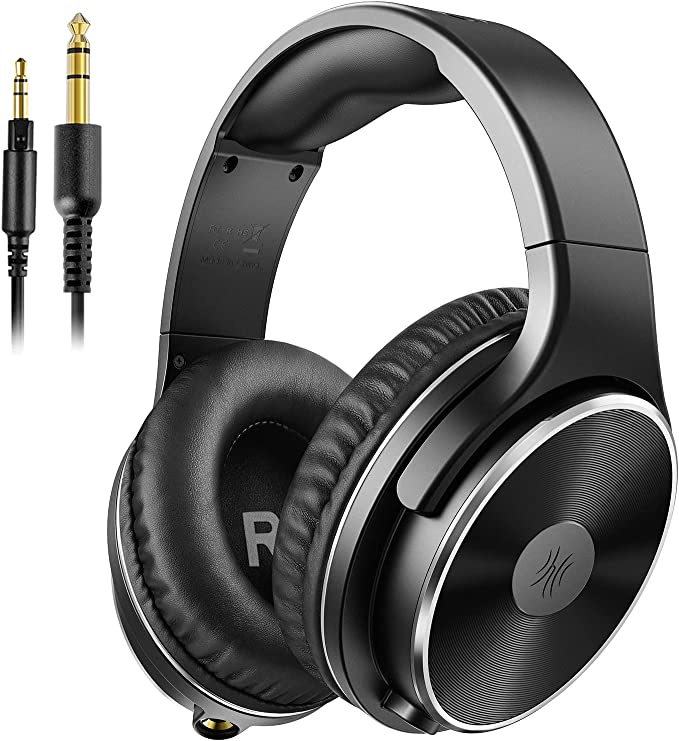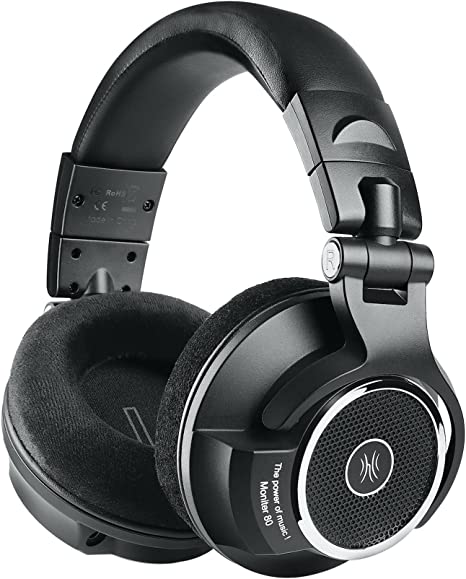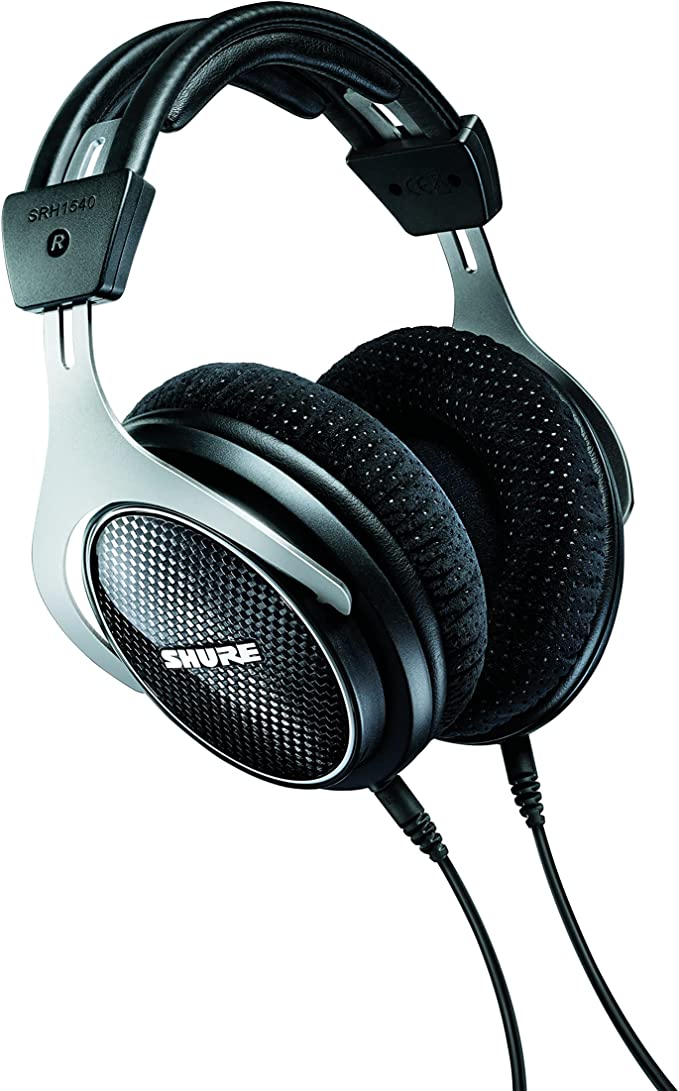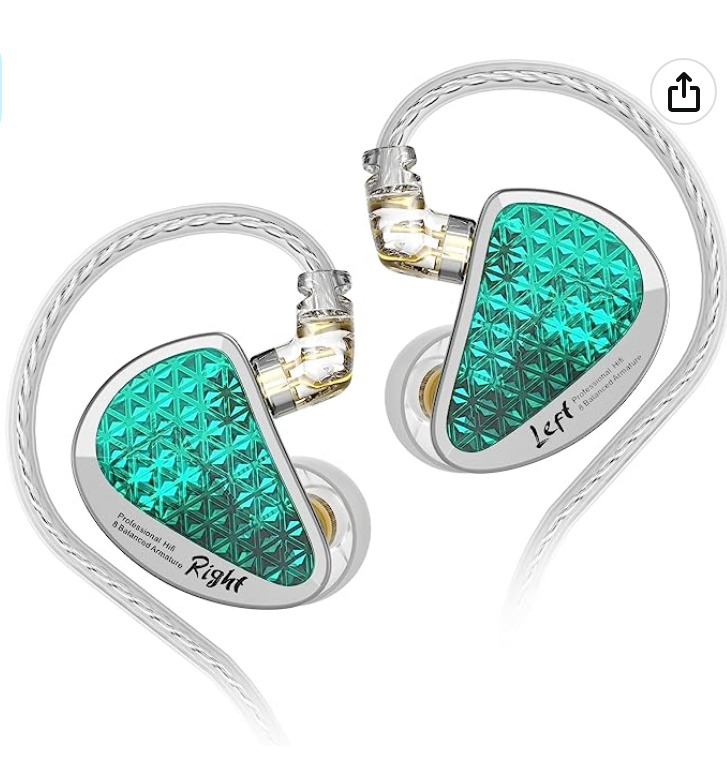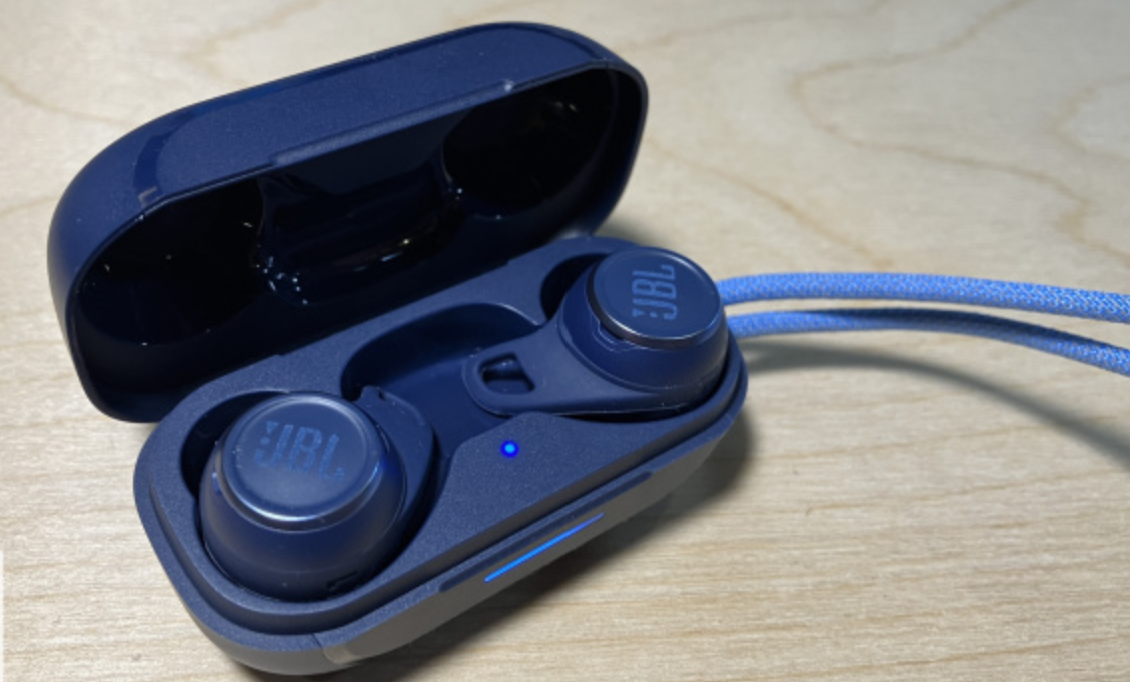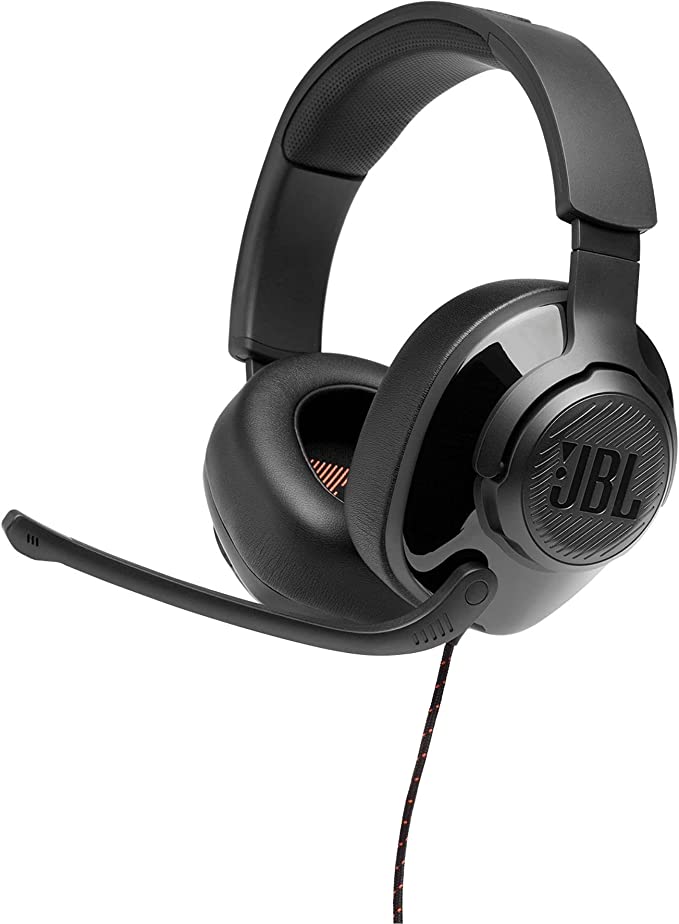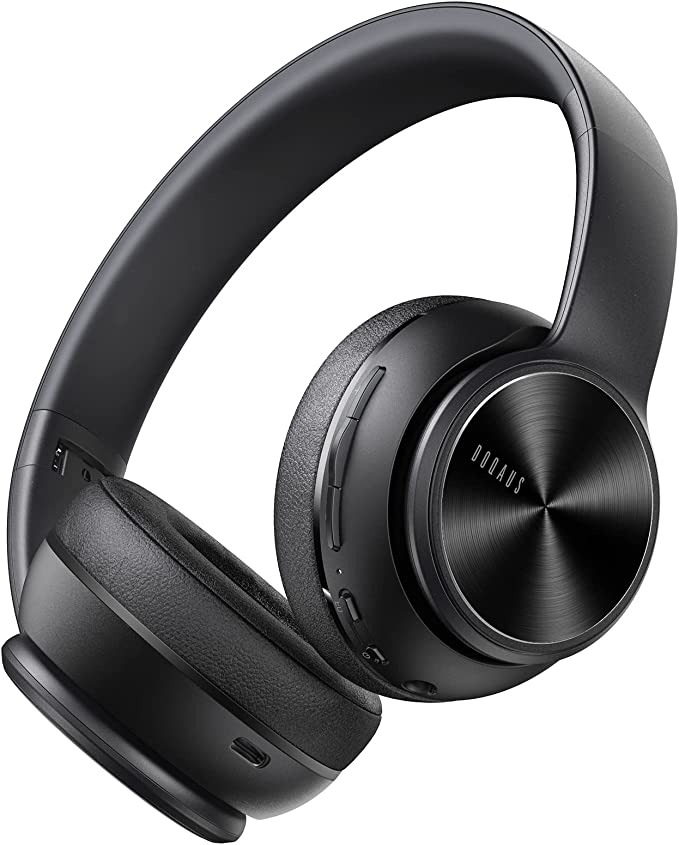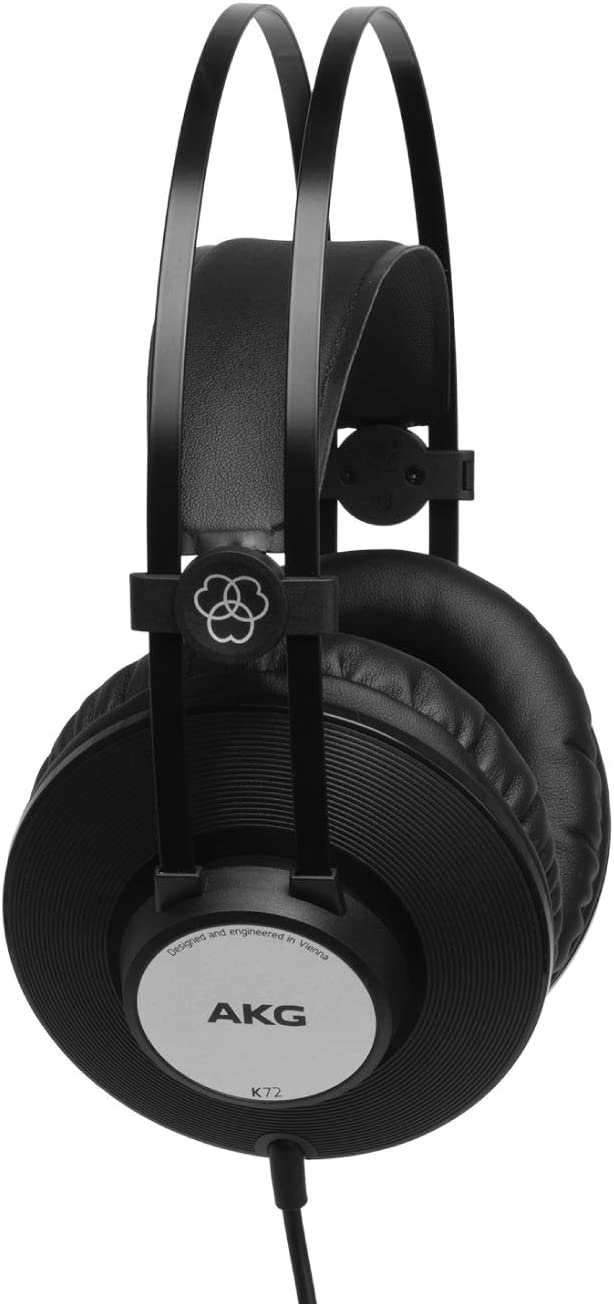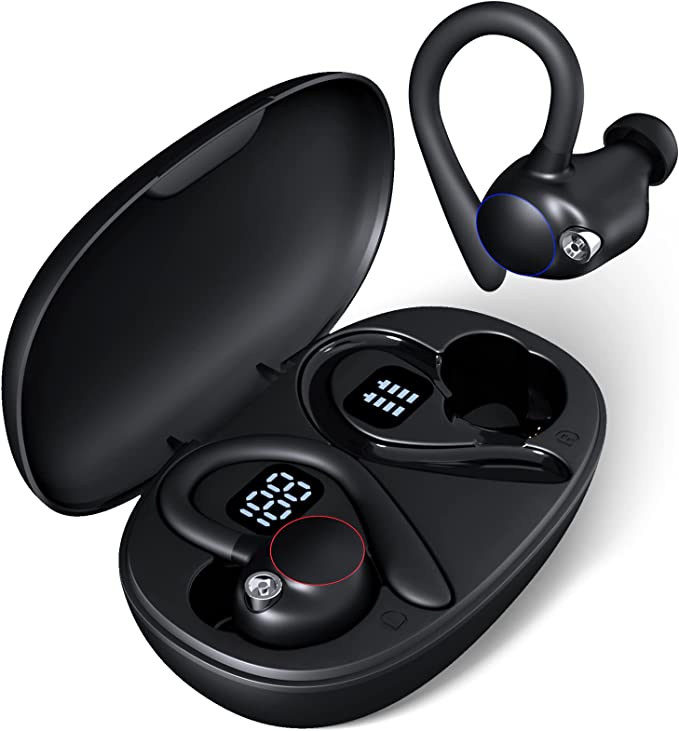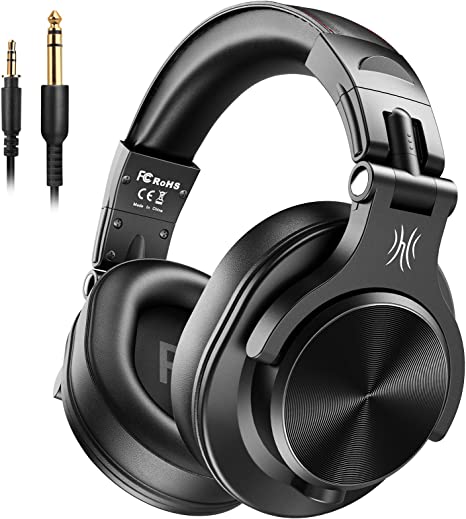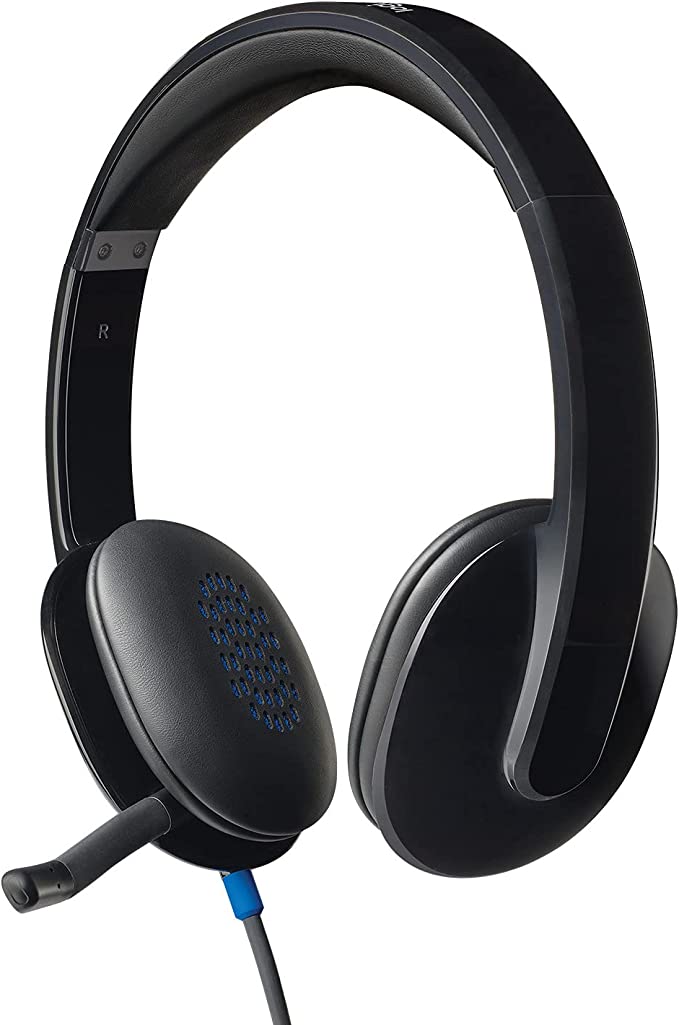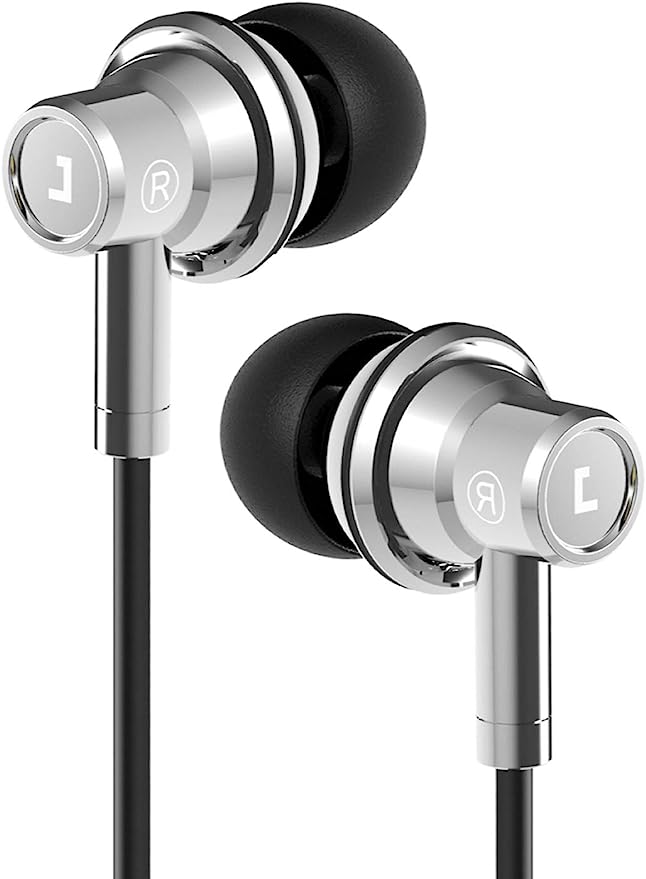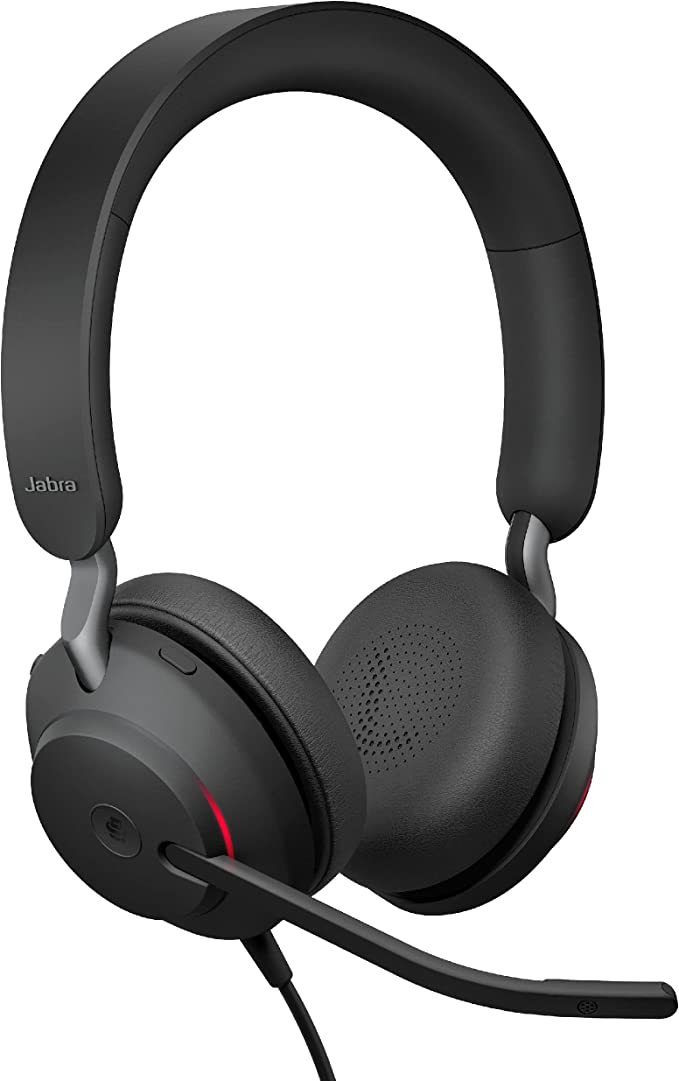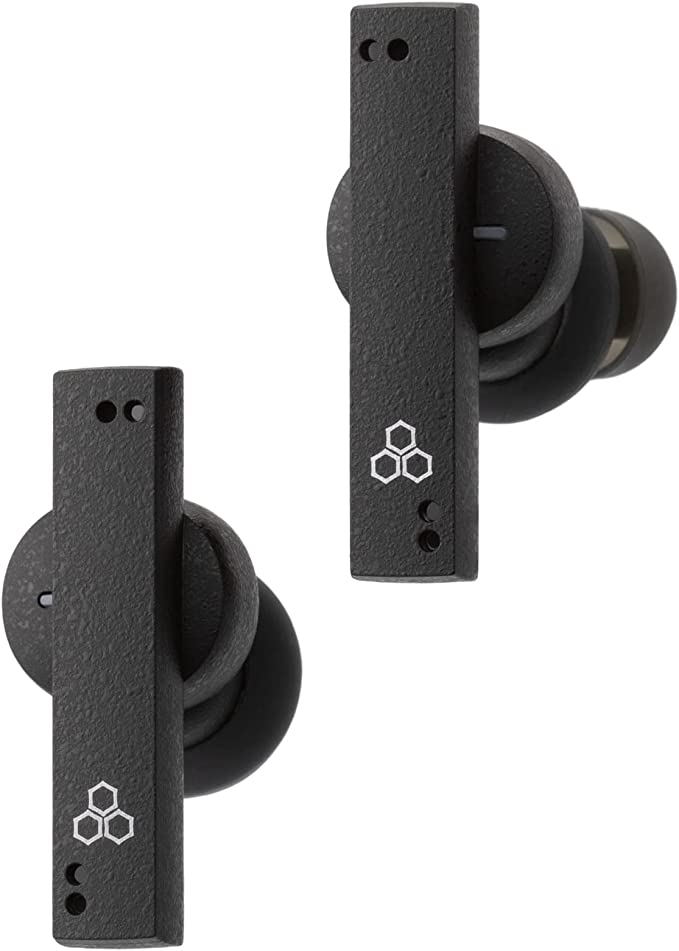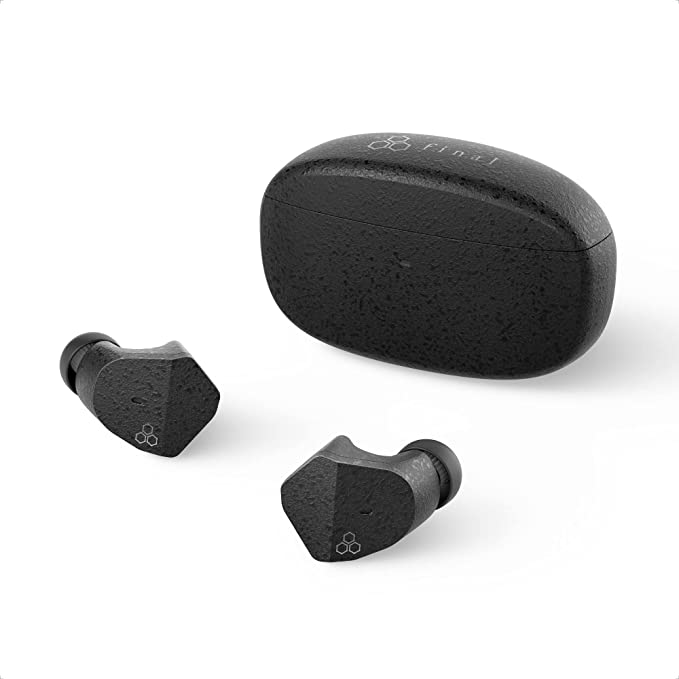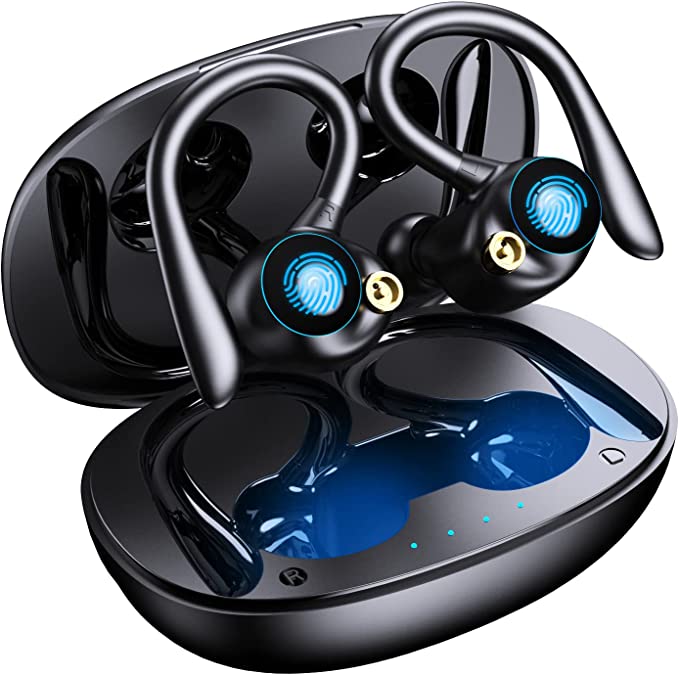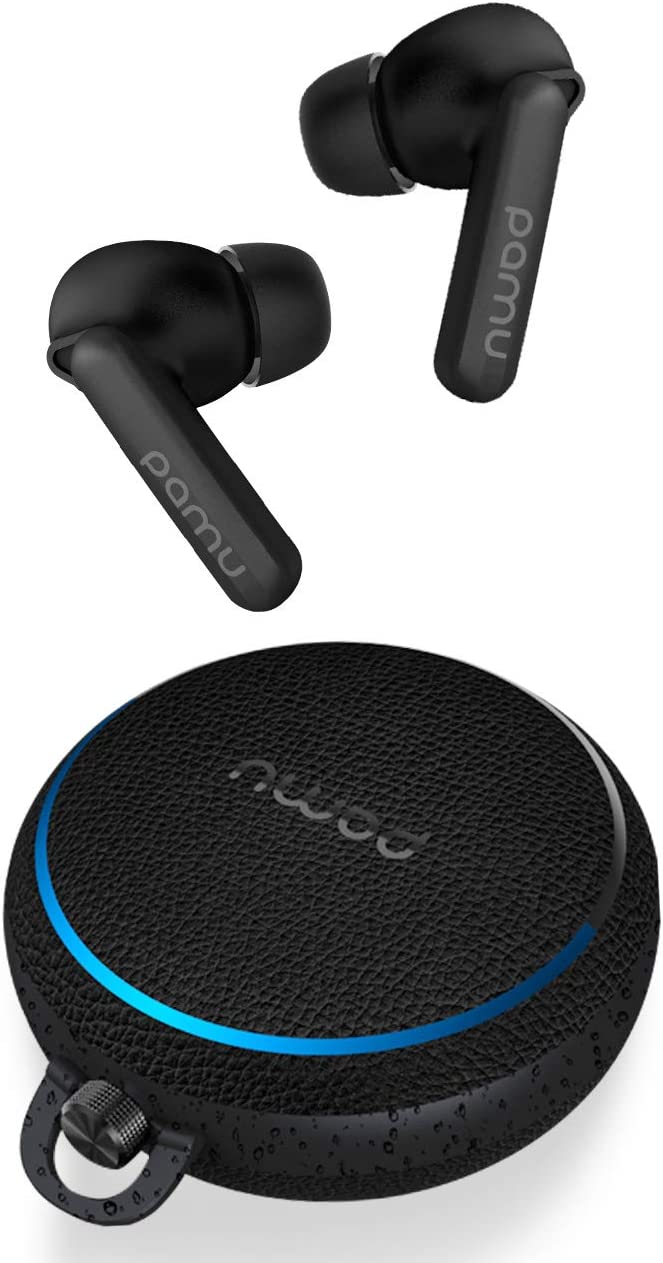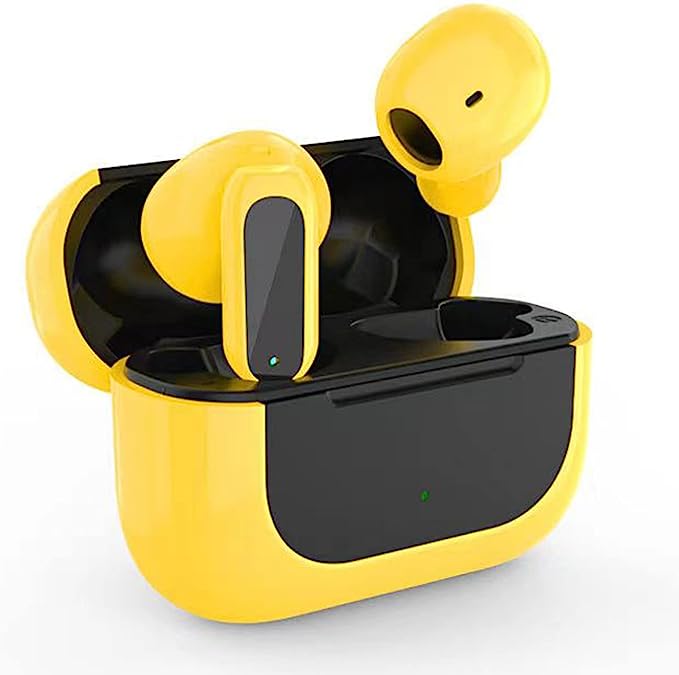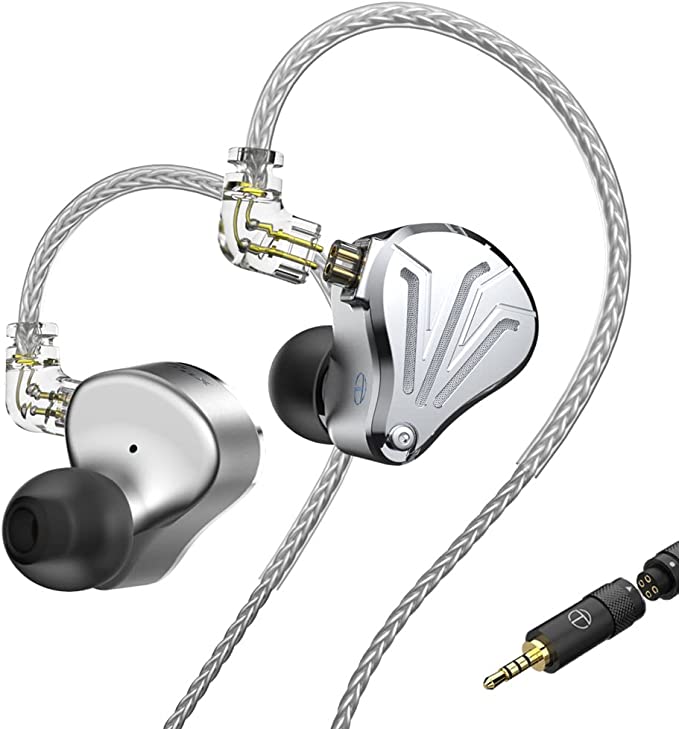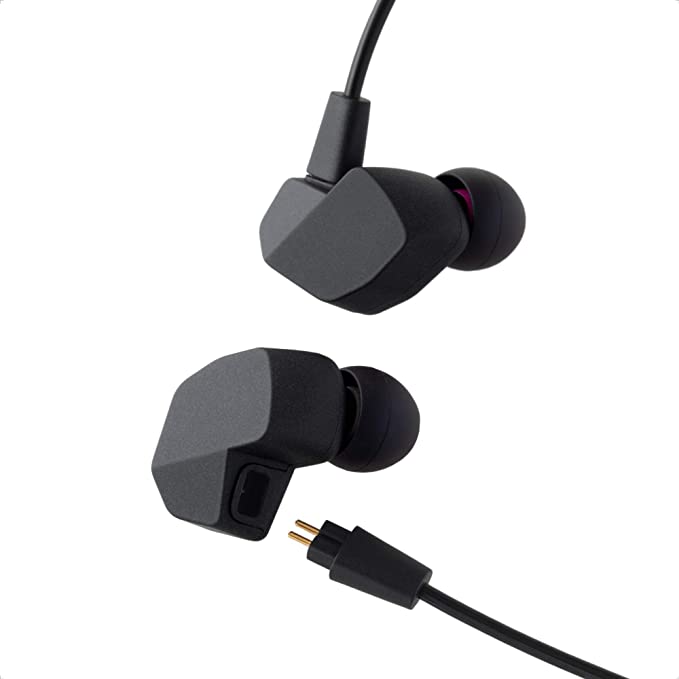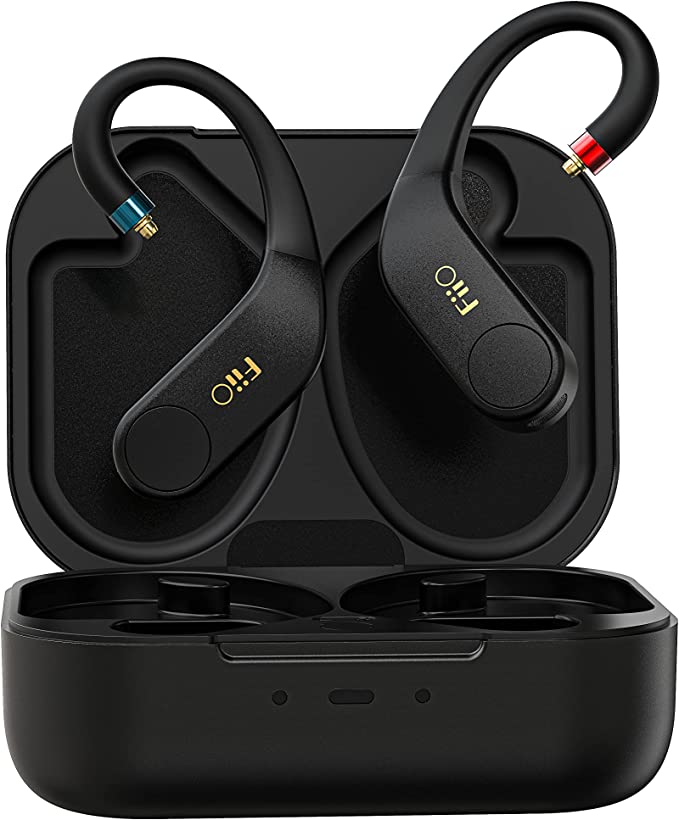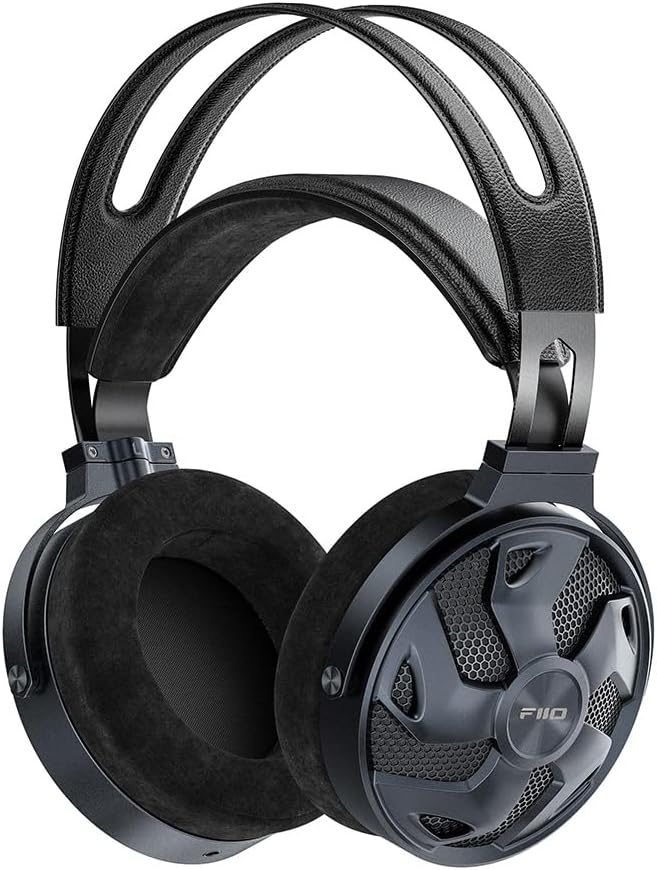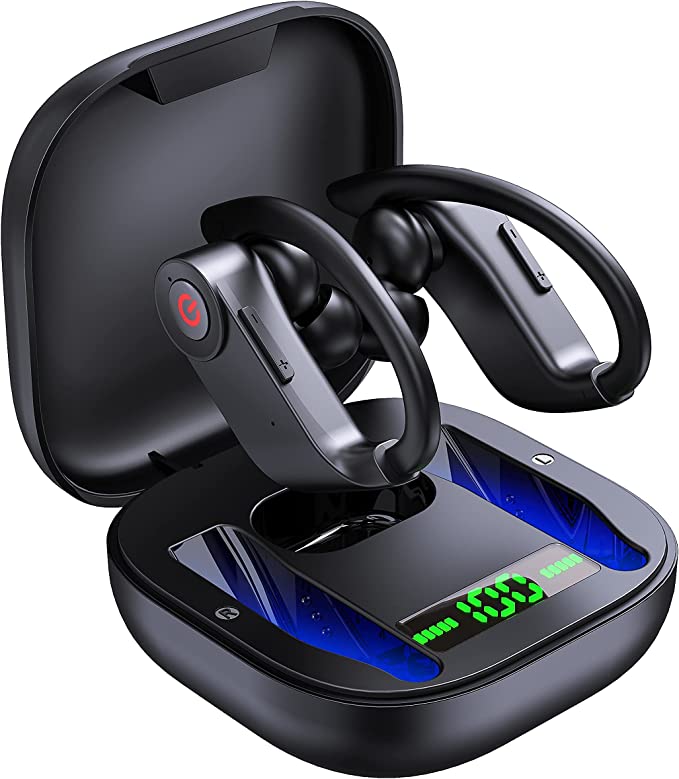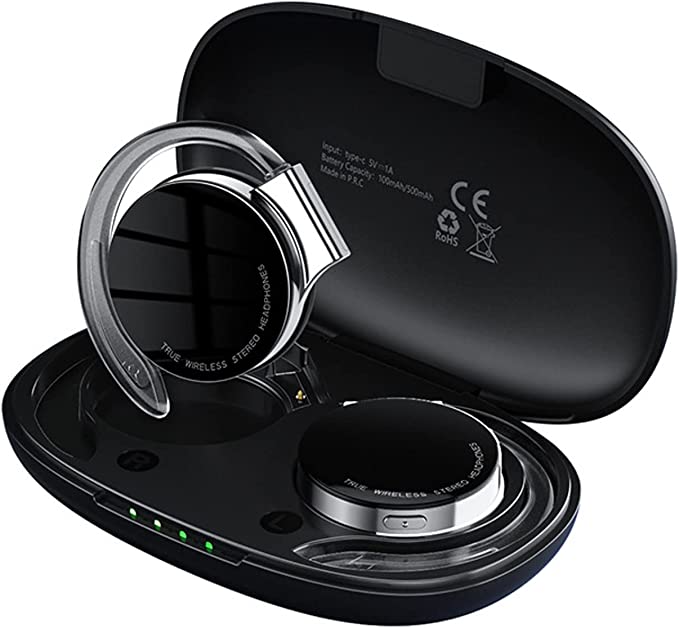zhhcyyds T32 True Wireless Earbuds – Immersive Gaming and Music Experience
Update on June 30, 2025, 10:06 a.m.
It’s possible you’ve never considered it, but the new true wireless earbuds in your pocket might be living a double life. By day, they could be a soulful poet, carefully weaving intricate soundscapes from your favorite music. By night, with the flip of a switch, they transform into a cold-blooded assassin, obsessed with a single goal: delivering sound with ruthless, uncompromising speed.
This curious case of split personality is at the heart of many modern “gaming” earbuds. And today, our case study is a fascinating specimen: the zhhcyyds T32 True Wireless Earbuds. First, let’s address the elephant in the room. The name, zhhcyyds, looks less like a brand and more like someone fell asleep on their keyboard. But look past the cryptic label, and you’ll find a device that perfectly embodies this technological duality.
So, how does this tiny plastic shell house two such dramatically different characters? Is it some form of digital wizardry? Not at all. It’s a tale of fascinating science, clever engineering, and the art of the perfect trade-off.

The Assassin’s Creed: The Science of “Gaming Mode”
Imagine this: you’re in the final moments of a tense online match. You hear the faint clink of a grenade pin being pulled just around the corner. That sound is your only warning. Your ability to react in time depends entirely on how quickly that clink travels from your game to your brain. This is the assassin’s domain.
This is where we meet our first key term: latency. Simply put, it’s the delay between an event happening and you perceiving it. In the world of the zhhcyyds T32, the manufacturer claims its “Gaming Mode” can achieve an ultra-low latency of 50 milliseconds (ms).

Fifty milliseconds is an almost imperceptible amount of time. For context, the average human blink takes about 150ms. That means the sound from these earbuds is designed to reach you three times faster than you can blink your eye. Compared to standard Bluetooth earbuds, which can easily lag by 150-200ms, the difference is stark. In a game, it’s the difference between dodging that grenade and being sent back to the lobby.
But how is this speed achieved? This is where the assassin reveals their brutal, efficient nature. To transmit audio data wirelessly, it’s first collected into little packets in a temporary holding area called a buffer.
Expert’s Log: The Buffer Analogy
Think of it like a train station. In “Music Mode,” the station master (your earbud) waits for the train (the buffer) to be completely full of passengers (audio data) before sending it off. This ensures a smooth, complete journey. In “Gaming Mode,” the assassin hijacks the control room. They shout, “We don’t have time! Send the train now, even if it’s half-empty!”
This is the secret to low latency: shrinking the buffer. By sending smaller, more frequent packets of data, the time from A to B is drastically reduced. But this speed comes at a price. In the rush to send the data, some of the finer details, the subtle nuances in the audio, might get left behind on the platform. The core message—the sound of footsteps, a gunshot—gets through, but the richness and texture are secondary. For the assassin, the mission is everything; beauty is a luxury.

The Poet’s Song: The Magic Behind “Music Mode”
Now, flick the switch. The assassin retreats into the shadows, and the poet takes center stage. You press play on a favorite track, one you know by heart. The goal is no longer speed; it’s emotion, detail, and immersion. Welcome to “Music Mode.”
Here, the philosophy is reversed. The station master is back in control, patiently filling each train to capacity. The priority is fidelity—ensuring the audio that reaches your ears is as faithful as possible to the original recording. The larger buffer might introduce a slight, harmless delay (you won’t notice it when listening to music), but in return, you get the full picture.

This is where the physical construction of the earbud becomes critical. A poet is only as good as their voice, and for the T32, that voice comes from its graphene diaphragm. A diaphragm is the tiny, paper-thin membrane inside the earbud’s speaker that vibrates to create sound. For decades, they were made of paper or plastic. Graphene, however, is a wonder material. Discovered in 2004, an achievement that won a Nobel Prize, it’s a single layer of carbon atoms arranged in a honeycomb lattice.

What makes it so special for audio?
1. Incredibly Lightweight: It’s almost weightless, so it can start and stop vibrating with near-instantaneous speed. This is crucial for reproducing sharp, quick sounds (what audiophiles call “good transient response”).
2. Impossibly Strong: Despite its thinness, graphene is over 100 times stronger than steel. This rigidity prevents the diaphragm from deforming or “wobbling” as it vibrates, which is a major cause of sound distortion.
So, when the poet sings through these graphene vocal cords, the result is clarity and precision. The powerful, rigid material can push a lot of air for bass notes, while its lightness allows it to dance delicately through the highest frequencies.

The Body That Holds the Souls: A Reality Check on Design
Of course, our assassin and poet need a place to live. The T32 houses them in a half in-ear shell. This design choice is a crucial piece of the puzzle, and frankly, a source of conflict for our two personalities.
On one hand, the half in-ear design, which rests gently in the outer part of the ear rather than being wedged deep inside the canal, is often praised for its long-term comfort. This is a win for marathon gaming sessions or all-day listening.

However, this comfortable, open-plan home has its drawbacks. Its “open-door” policy means that sound can easily leak out, and outside noise can easily wander in. This creates two potential problems:
* Bass Leakage: The deep, resonant voice of the poet (the low-frequency bass) requires a good seal to build up pressure in your ear. With a loose fit, that bass often escapes, sounding weaker than intended. This is in direct conflict with the product’s claim of “thick and powerful bass.”
* Poor Isolation: The claim of a “strong noise reduction effect” is also challenged. Without a tight seal, the T32 offers very little passive noise isolation. It’s not actively “cancelling” noise with counter-frequencies (a feature known as ANC), but simply blocking it physically, and it can’t do that very effectively with this design.
This explains the divided user reviews perfectly. For users whose ears happen to be a perfect match for the T32’s shape, the experience is comfortable and the sound is good. For others, the “terrible fit” leads to a tinny sound and a frustrating experience. It’s a stark reminder that in the world of audio, ergonomics is not a universal science; it’s a deeply personal art.

Conclusion: The Art of the Perfect Switch
So, we are left with a device that is, by its very nature, a bundle of compromises. It can’t be the fastest and the most beautiful-sounding at the same time. Its comfortable home isn’t the most acoustically sealed.
But this isn’t a failure. It’s a triumph of engineering.

The zhhcyyds T32, and countless devices like it, represent the brilliant art of the trade-off. They acknowledge that different situations demand different priorities. The wisdom lies not in trying to be a master of all trades, but in being able to summon the right specialist for the job. It understands that sometimes you need the ruthless efficiency of an assassin, and other times, you need the soul-stirring beauty of a poet.
This duality extends beyond our headphones. It’s reflected in the “sport” and “eco” modes in our cars, the work-life balance we strive for, and the different personas we adopt in our professional and personal lives. We are all constantly switching modes, optimizing for the task at hand.
So, as you pop in your earbuds today, take a moment to appreciate the two souls dwelling within. Then ask yourself a simple question: who are you summoning?


